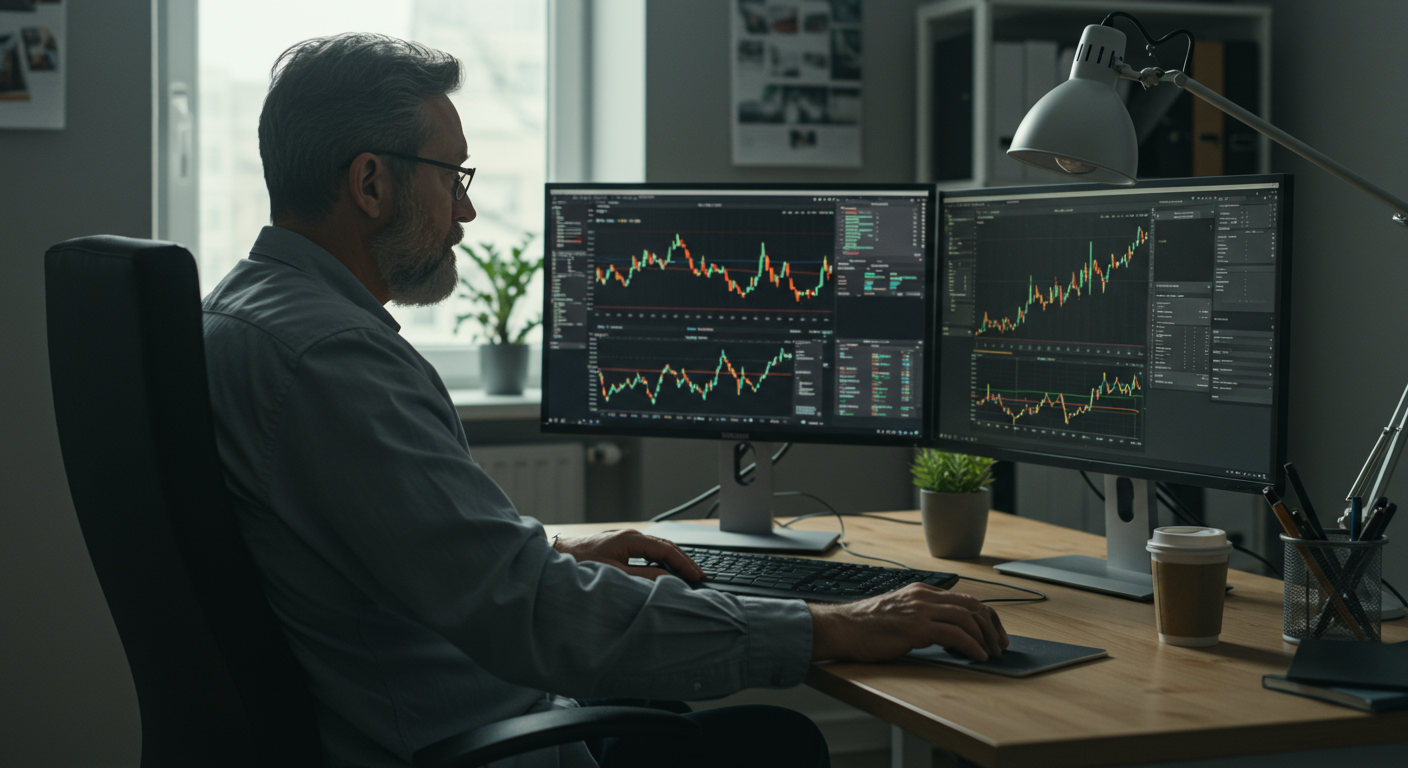In the fast-paced world of international crypto trading, every cent counts. High fees can quickly eat into your profits, especially when you're making frequent swaps across various platforms. This guide is designed for experienced crypto veterans like you, offering actionable strategies to slash fees and maximize your returns in 2025. We'll dive deep into the hidden costs, compare platforms, and provide a framework for optimizing your trading costs globally.

Why Smart Fee Management Matters in Crypto
For seasoned traders, understanding and minimizing fees isn't just smart – it's essential for survival. Even seemingly small percentage differences in fees can have a massive impact on profitability, especially when dealing with large trading volumes and frequent swaps. Unnecessary fees are like leaks in your trading strategy; they drain your capital and reduce your overall returns. In this guide, we'll go beyond basic fee awareness and explore the nuances of fee structures to help you identify and eliminate wasteful costs, providing a significant competitive advantage in the global crypto market.
The Fee-Optimization Framework
Optimizing fees requires a systematic approach. We break down the process into four key areas:
- Understanding Fee Structures: Different platforms charge fees in various ways, including trading fees (percentage of the trade), maker-taker fees, deposit/withdrawal fees, and network fees. Each has an impact on your bottom line.
- Platform Comparison: Regularly compare fees across different platforms. Consider factors like trading volume discounts, loyalty programs, and fee structures for different crypto pairs. Use comparison tools and calculators to make informed decisions.
- Trading Strategy: Your trading strategy directly impacts the fees you pay. Frequent trading, market orders, and trading during peak hours can incur higher fees. Identify your trading style and find platforms that best suit your needs.
- Monitoring and Adjustment: Fee structures are constantly changing. Make it a habit to monitor your fees and adjust your strategy based on the current market conditions and platform offerings.
Implementation Across Different Trade Sizes
Fee optimization strategies are not one-size-fits-all. Different trade sizes require unique approaches:
- Small Trades: Focus on platforms with low minimum trade amounts and competitive trading fees. Consider platforms that offer zero-fee trading for specific pairs or promotions.
- Mid-Sized Trades: Take advantage of tiered fee structures and loyalty programs. Platforms often reward traders with higher trading volumes with lower fees. Compare platforms based on these tiers.
- Large Trades: Negotiate fees with the platforms. Some platforms offer over-the-counter (OTC) trading services, which can provide better rates for large trades. Leverage your trading volume to your advantage.
Rate-Finding Strategies
Finding the best rates requires a combination of tools and techniques:
- Crypto Aggregators: Use platforms that aggregate rates from multiple exchanges, allowing you to compare prices and fees in real-time. These tools are invaluable for finding the best deals.
- Real-Time Data: Monitor real-time data feeds to identify price discrepancies and arbitrage opportunities. This requires a thorough understanding of market dynamics and the ability to act quickly.
- Fee Calculators: Utilize fee calculators to estimate the total cost of a trade, including all applicable fees. This helps you evaluate the profitability of a trade before execution.
Budget Allocation Examples
- Example 1: Day Trader: A day trader making multiple trades per day should prioritize platforms with low trading fees and fast execution speeds. A small difference in fees can amount to significant savings over time. The trader can allocate a portion of the budget to a premium platform offering advanced features that can save money in the long run.
- Example 2: Long-Term Investor: A long-term investor making infrequent trades should focus on platforms with low deposit/withdrawal fees and competitive spreads. The investor can allocate budget to platforms that offer staking or other yield-generating opportunities to offset trading fees.
- Example 3: Arbitrage Trader: An arbitrage trader who capitalizes on price differences on different exchanges must use platforms that offer fast transactions and low trading fees on several platforms.
Monitoring and Optimization
To consistently optimize fees, you need a system for monitoring and analysis:
- Track Your Fees: Keep a detailed record of all fees paid, including trading fees, deposit/withdrawal fees, and network fees.
- Analyze Your Data: Regularly review your fee data to identify trends and areas for improvement.
- Adjust Your Strategy: Based on your analysis, adjust your trading strategy and platform usage to minimize fees.
- Stay Informed: Follow the latest developments in the crypto market and platform offerings. Platforms frequently update their fee structures, so stay informed to take advantage of new opportunities.
International Cost Considerations
International traders face unique fee challenges:
- Currency Conversion Fees: When trading across different currencies, factor in currency conversion fees, which can add significantly to your costs.
- Cross-Border Transaction Fees: Be aware of the fees associated with cross-border transactions, including bank transfer fees and international wire fees.
- Regional Regulations: Research the regulations in your region and consider how they impact your trading fees. Some jurisdictions may impose taxes or other fees that increase the total cost of trading.
Advanced Saving Techniques
- Trading Volume Discounts: Leverage your trading volume to qualify for lower fees. Many platforms offer tiered fee structures, where higher trading volumes result in lower fees.
- Referral Programs: Take advantage of referral programs offered by various platforms. You can earn discounts or rebates on trading fees by referring new users.
- Staking and Lending: Consider staking or lending your crypto assets to earn rewards, which can help offset your trading fees.
- Gas Optimization: If trading on the Ethereum network, optimize your gas fees by executing transactions during off-peak hours.